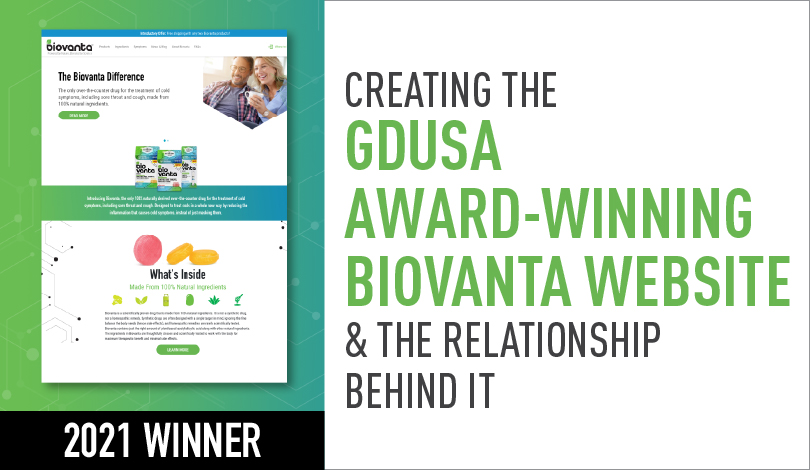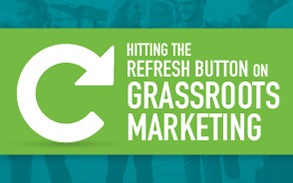The Story of What Generates Long-term Success for a Retail Brand
Consumers today are more informed than ever. I’m sure you’ve heard that before, but it’s a growing trend that marketers need to continually adapt for. As such, content’s role is more important than ever in reaching and engaging consumers to create a meaningful relationship. The cutting edge brands have adapted by evolving the brand marketing process. Instead of standing for something to their audience, their brands are standing for something with their audience.
This approach has immense potential as it creates context for personalized interaction between the brand and the individual. The approach is also conversational, which lends itself perfectly to a marketing landscape that is increasingly social. It builds a deeper degree of consumer sentiment, psychological linking how they feel about a cause or activity to how they feel about the brand that stands with it.
A primary way in which brands are doing this is through storytelling – the practice of creating an authentic and inspirational experience that gives your brand deeper identity and connection with the consumer. A recent report from Skyword titled A Study In Brand Transformation stated that “companies are starting to invest in brand storytelling roles. 28% of enterprise companies have a designated content marketer and 33% have an editor.”
As big brands vie for attention, the need for them to tell their story and differentiate themselves is one of marketing’s top priorities as well as biggest challenges. With all the information at their fingertips, people are more empowered in the decision making process. They are more conscious about their purchases, looking beyond the price tag and instead asking themselves if the brand’s actions align with their own. Industry leaders have identified this and have shifted focus accordingly. It is precisely this trend coupled with the growing consumer distaste for advertorial marketing that is driving the rise of content marketing of which storytelling is a major component.
Or as Tom Laforge, Global Director of Human & Cultural Insights for The Coca-Cola Company pointed out:
“The harder we compete, the less differentiated we become. As brands sell on functional benefits (what the product is and does for me) and emotional benefits (how I want to feel in this occasion), category after category is being filled with nearly similar products. Large established brands are losing loyalty and marketshare to newer smaller brands that offer social and cultural benefits. It’s a billion dollar paradigm shift.”
He hit the nail on the head. Talking about your product, the problem it solves or how it differs from the competition isn’t effective anymore for big brands. Neither is just an emotional, aspirational advertising message. Effective marketing that is resonating with today’s consumers has moved on to an increasingly genuine form of storytelling. Brands defining their purpose as standing for or helping to accomplish something is great. However, so many companies are stating their values and defining their social responsibility that it’s losing its impact among a sea of competitors without this experiential storytelling component.
A lawyer might tell you that technically you own the brand, but we all know that consumers pull the strings. They are the ones that we have to reach, engage and retain. Brand positioning after all is not defined by the marketer, it’s defined by market sentiment toward a given product or service. By telling a brand story that establishes a purpose that is aligned with an audience’s purposes, brands create an inclusive story that people will want to engage with…maybe even share!
Let’s look at the mission statements for Pepsi and Coca-Cola as an example:
Here is Pepsi’s:
As one of the largest food and beverage companies in the world, our mission is to provide consumers around the world with delicious, affordable, convenient and complementary foods and beverages from wholesome breakfasts to healthy and fun daytime snacks and beverages to evening treats. We are committed to investing in our people, our company and the communities where we operate to help position the company for long-term, sustainable growth.
And here is Coca-Cola’s:
• To refresh the world
• To inspire moments of optimism and happiness
• To create value and make a difference
If these were posts on Facebook, which would you share? One is about the brand acting for the consumer; the other is about the brand acting with the consumer. Pepsi’s messaging seems almost anachronistic considering the size of the brand. Coca-Cola’s mission is open-ended and conversational. Everyone has something to say about each of the points.
Brand storytelling that is inclusive creates a new phenomenon where brands become platforms for conversation and change. Whether the cause is collaboration, sustainability or fulfillment, industry leading brands are redefining their identity to facilitate change through conversation and action. The end result for these brands is deeper relevance with their audience and increased engagement that creates more profound positive interactions and memorable experiences. This is what generates long-term sustainable success for the brand.
Source:
Skyword.com “A Study in Brand Transformation”

The AMI Digital Summit: The Flight Crew Heads to Chicago
Our Flight Crew makes penguins fly from the East Coast most days, but that doesn’t mean we don’t love spreading our wings every once in a while–especially when it’s to hone our skills so we can become even smarter, more efficient, and more digitally savvy when it comes to the latest industry happenings.

Creating the GDUSA Award-Winning Biovanta Website & the Relationship Behind It
Winning a GDUSA award is always exciting because it’s both a celebration of our designers’ hard work and a time to reflect on our partnership with a client in relation to the project itself. We’re only as good as our last project after all, and our partnerships make us who we are. So let’s take a dive into not just creating the GDUSA award-winning Biovanta website, but into how it all came to be.

Grassroots Marketing
We recently brought a grassroots marketing campaign to life in Central Park for the family-owned snack company John Wm. Macy’s. Our experience got us thinking about the core aspects of grassroots marketing and audience engagement, and what it takes to create a successful campaign. It’s a layered concept, so let’s dive in together.